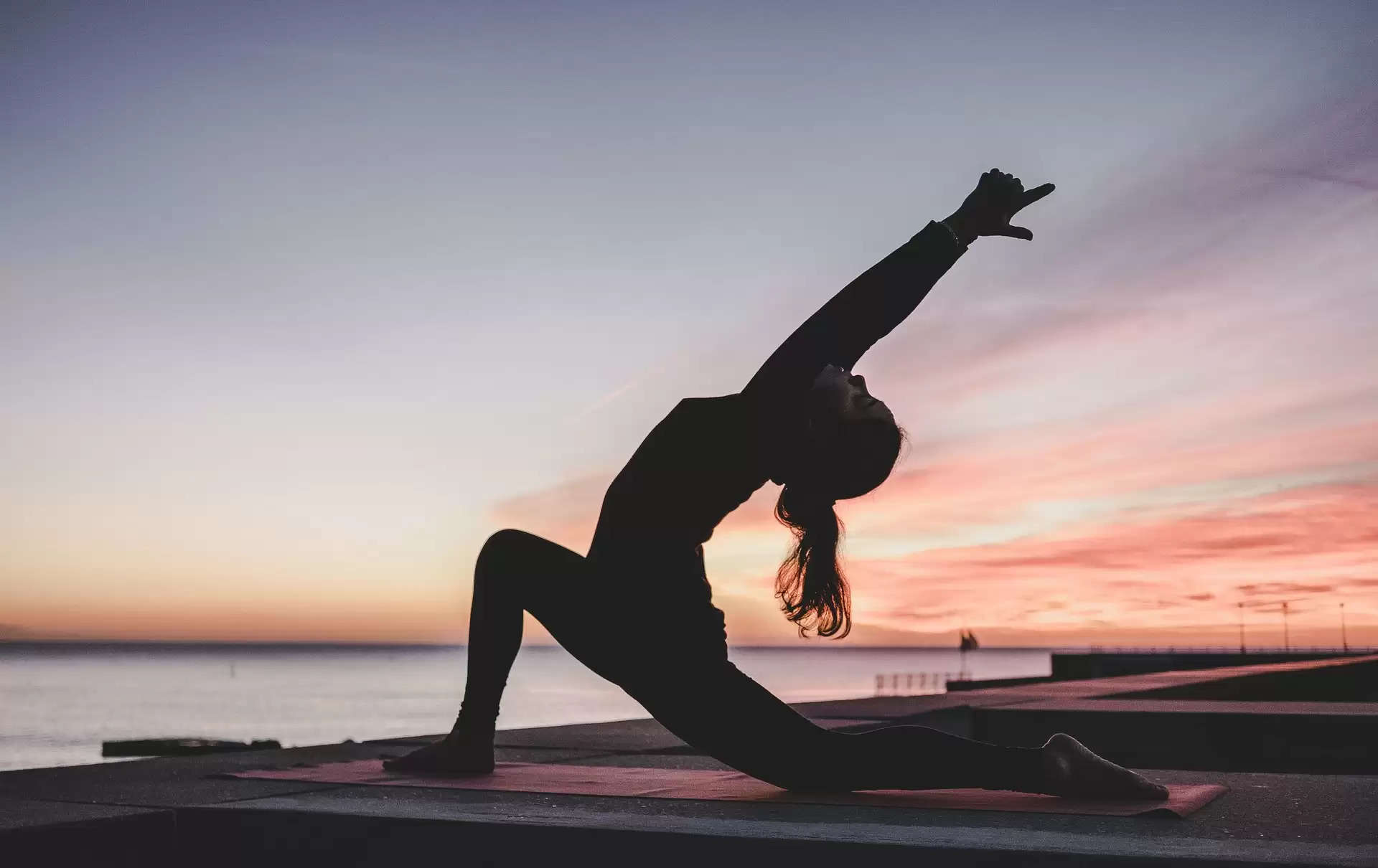The Rise Of Low-Impact Workouts

In the age of social media fitness influencers and ever-evolving workout trends, the landscape of exercise is in constant flux. What was once dominated by high-intensity, high-impact workouts like box jumps and burpees has gradually given way to a more relaxed approach. Today, the buzz is all about low-impact workouts – but what exactly does that entail?
Decoding Low-Impact Workouts
At its core, a low-impact workout involves movements that minimize stress on the body, particularly the joints. While this definition might seem straightforward, the reality is nuanced. Fitness professionals emphasize that true low-impact workouts ensure that at least one foot remains grounded at all times, eliminating jumping movements.
Low Impact vs. Low Intensity
It's crucial to distinguish between impact and intensity. Impact refers to the stress on joints, while intensity measures the challenge level. Certified instructors note that low-impact doesn't equate to low intensity; workouts can still be demanding without imposing stress on the body. For instance, rowing offers high intensity with minimal impact, making it an effective low-impact option.
Examples of Low-Impact Workouts
The versatility of low-impact workouts makes them accessible to everyone. Activities like Pilates, yoga, cycling, and swimming fall under this category. Modifications, such as removing jumping movements, can also transform traditional workouts into low-impact alternatives.
However, it's essential to recognize activities like running as inherently high-impact due to brief moments of airborne movement.
Who Can Benefit?
The appeal of low-impact workouts extends to individuals of all fitness levels. They are particularly beneficial for those with past injuries or anyone seeking to prevent future ones. Instructors emphasize their beginner-friendly nature and suitability for those re-entering fitness routines.
The Allure of Low-Impact Fitness
The current fascination with low-impact exercise stems from various factors. Experts attribute it to the shift towards prioritizing mood and mental health over aesthetic goals.
This trend gained momentum during the pandemic when individuals sought gentler, home-friendly workout options. Additionally, the move away from the "harder is better" mentality reflects a broader understanding of fitness and well-being.
Balancing Act
While low-impact training offers numerous benefits, it's essential to maintain a balanced approach to fitness. Incorporating both low- and high-impact workouts ensures readiness for everyday activities. Experts emphasize the importance of aligning workouts with individual lifestyles and preferences.
In essence, the rise of low-impact workouts signifies a broader shift in fitness culture towards holistic well-being. It's not about forsaking challenging workouts but recognizing the value of gentler alternatives. Whether it's a serene yoga session or an invigorating swim, the key is finding what feels right for you and your body.
.jpg)
